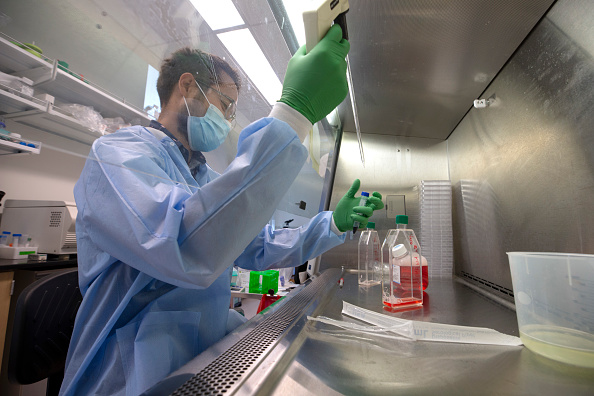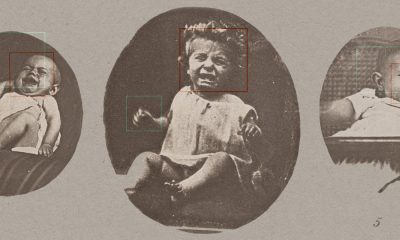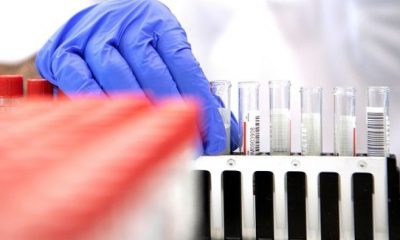A new COVID-19 nasal spray will advance to human clinical trials soon after performing well and even doing better than currently available antibody treatments against SARS-CoV-2 in mice experiments.
The protein-based antiviral nasal spray worked by interfering with the novel coronavirus’ ability to enter cells. Developed by researchers at Northwestern University, University of Washington, and Washington University at St. Louis, the new therapy did well during the latest trials involving mice with COVID-19.
Promising Minibinders
The team experimented with the proteins called minibinders in response to the new variants of SARS-CoV-2 that continue to arise and prolong the pandemic. The researchers first designed the proteins to stick to vulnerable sites of the virus in 2020. They reengineered the proteins to make them more potent in the new study.
The new minibinders no longer target just one site of the spike proteins on the virus. They have been tweaked to simultaneously bind to three sites, so they could securely attach to the virus and disrupt the processes that would allow it to enter cells.
The redesigned minibinders have advantages over antibodies and native receptor traps, as proven in the experiments conducted by the team. The proteins were able to neutralize the virus with similar or greater potency than antibody treatments that have already been authorized for use by the U.S. Food and Drug Administration (FDA). They also neutralized all tested variants, unlike the antibody treatments that failed to do the same, as per Medical Xpress.
Human Clinical Trials
Researchers are planning to move forward with subjecting the minibinders to the Phase I human clinical trials to determine their efficacy in treating COVID-19. But as early as now, it has already shown promise. During the mice trials, the team found that the proteins were able to reduce symptoms and even prevent infection outright when used as a nasal spray.
Lead author Michael Jewett of Northwestern University explained that the potency of the minibinders lies in how they attach to the spike proteins. While common antibody therapies only block one site, the protein-based antiviral spray forms tripod-like structures that block three sites for a stronger effect.
“To enter the body, the spike protein and the ACE2 (human angiotensin-converting enzyme 2) receptor engage in a handshake. Our antiviral blocks this handshake and, as a bonus, has resistance to viral escape,” Jewett said. The chemical and biological engineering professor and his colleagues hoped to see the nasal spray become available at pharmacies as a preventive measure against COVID-19 infections after passing all clinical trials.
The study’s findings were published in the Science Translational Medicine journal on April 12.
















